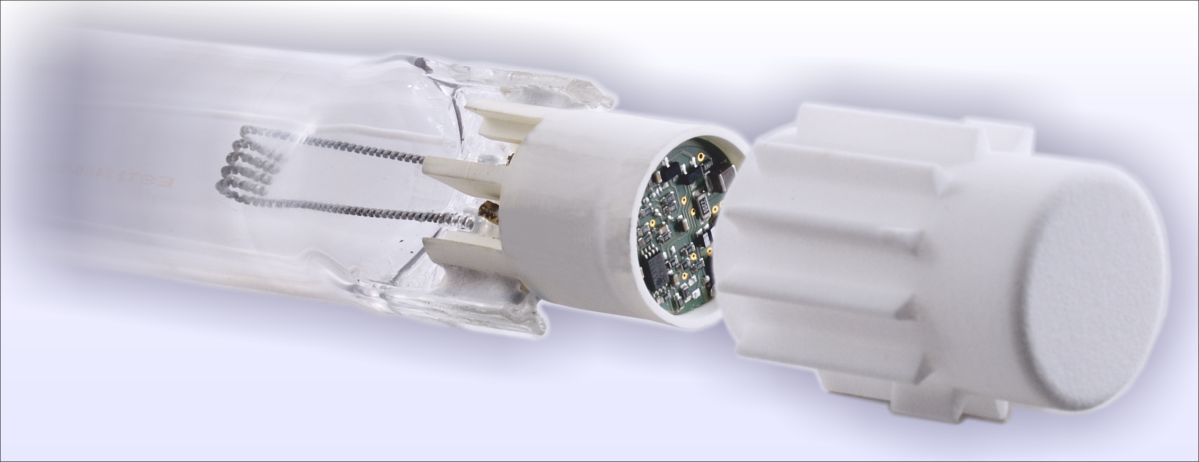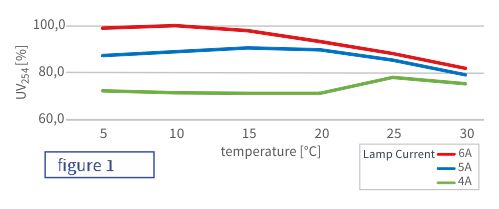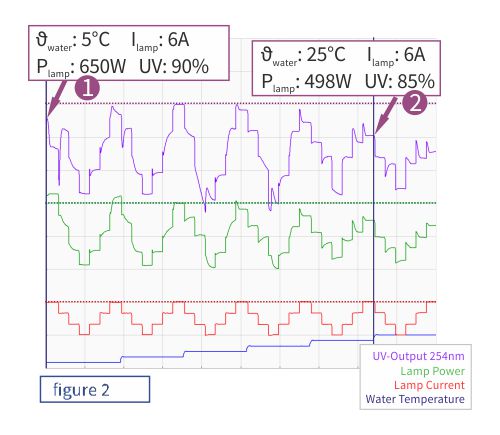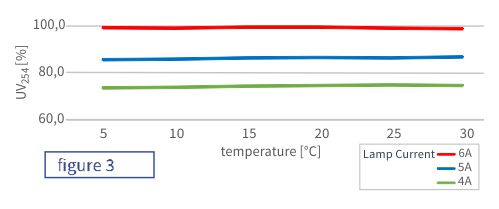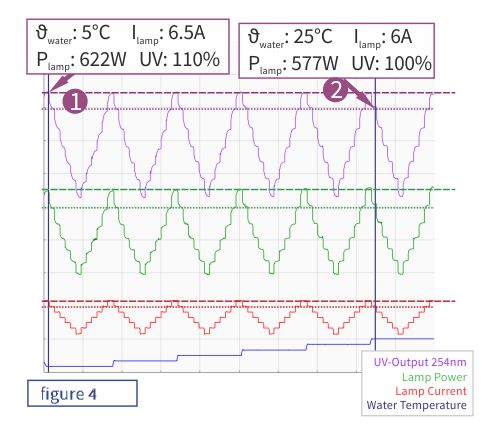PPT - Perfect Performance Tool
The UV output of low-pressure amalgam lamps is highly dependent on temperature - even small fluctuations or dimming can significantly reduce UV output. This not only impairs efficiency, but also operational reliability in
demanding applications.
ZED's PPT lamps offer a reliable alternative. Their innovative technology delivers stable and predictable UV output regardless of ambient temperature or dimming level. They also provide a higher peak output, which optimizes UV output and increases efficiency.
- Optimized amalgam lamps for water treatment applications
- Constant UV output in a wide range of water temperatures at full power
- Predictable UV output at all dimming levels even on very low and very high water temperatures
- Standard lamp dimensions - existing UV system designs can be upgraded for better performance
- ‘Out of arc’ amalgam lamps 250 – 1000W (= T9, T10 or T12) can be used as basis for PPT lamp designs
- Ready to use - T10 and T12 ‘out of the box’ PPT lamp-ballast sets are available containing PPT lamp, suitable quartz sleeve and specific electronic ballast
- Best energy efficiency
= best cost efficiency
= best carbon footprint - Reduction of power headroom of the UV system due to predictable UV output for normal flow and peak flow on different water temperatures
- No extra wires required for PPT operation (four lamp wires only)
By using ZED's PPT technology, you benefit from a reliable, highperformance UV solution that has been specially developed for demanding applications.
PPT-Set = amalgam lamp + ZED ballast + quartz sleeve
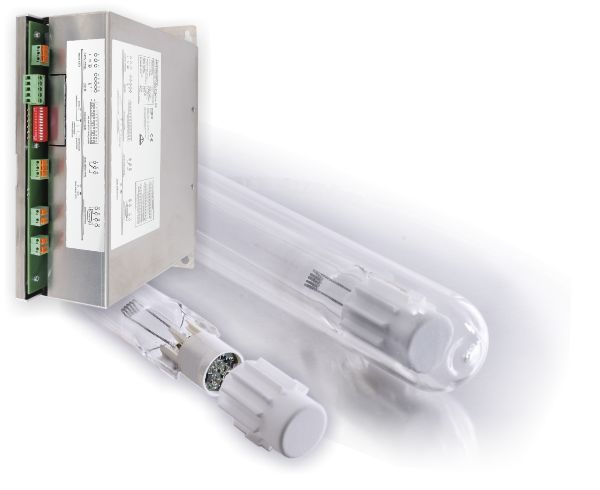
Comparison
Original LampFigure 1 shows the average UV output over several water temperatures on a typical amalgam lamp. |
PPT LampThe appropriate characteristics of the PPT lamp are shown in figure 3 and 4. The UV output is uniformly stable irrespective of water temperature and electrical power. |
|
|
|
|
The actual temporal UV profile of this lamp at different water temperatures is shown in figure 2. Point (1) and (2) are indicating a selected UV value at identical lamp current values for different water temperatures. A temperature raise from 10°C to 25°C leads to a UV decrease of 15% for this lamp. |
Figure 4 additionally shows the lamp operation with raised lamp current. The UV output remains stable. That means an 20% increase of UV output compared to the original lamp is possible when using the PPT. So the number of UV lamps could be reduced in large facilities.Figure 4 additionally shows the lamp operation with raised lamp current. The UV output remains stable. That means an 20% increase of UV output compared to the original lamp is possible when using the PPT. So the number of UV lamps could be reduced in large facilities.system efficiency |
Conclusion
PPT lamps generate very predictable and stable UV-output values for all dimming levels in a wide range of environmental temperature. Besides that, due to the high stability, higher peak design power can be achieved – resulting in a higher UV-output. Besides stable and predictable UV-output, using PPT lamps may save energy and hardware equipment.
 Deutsch
Deutsch  English
English 
